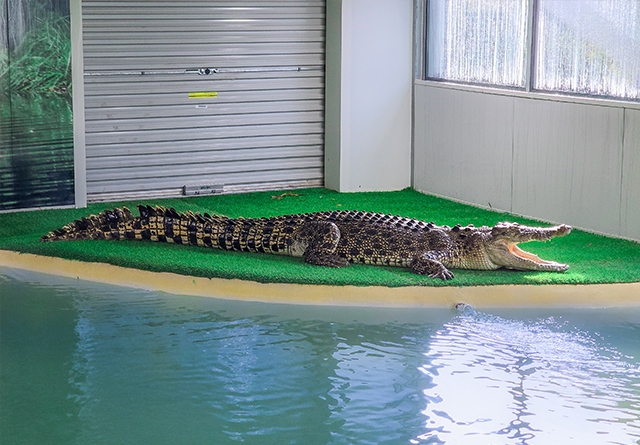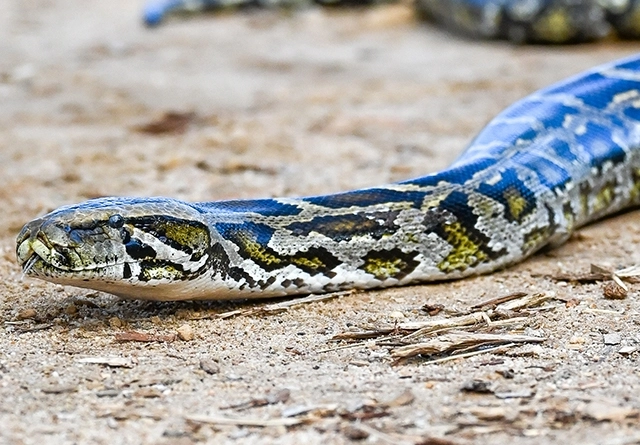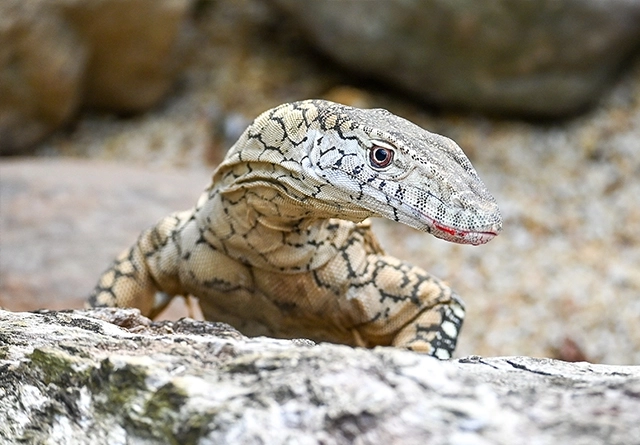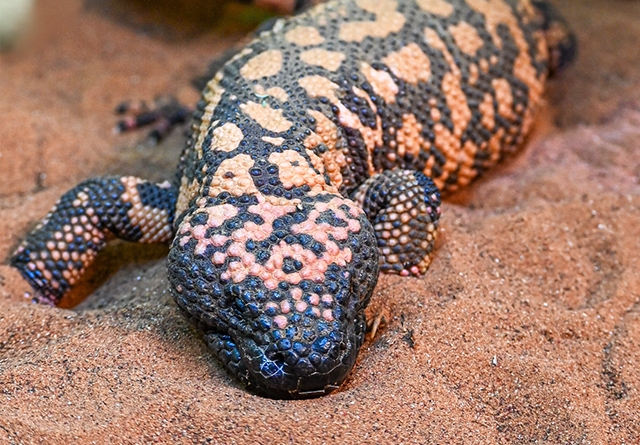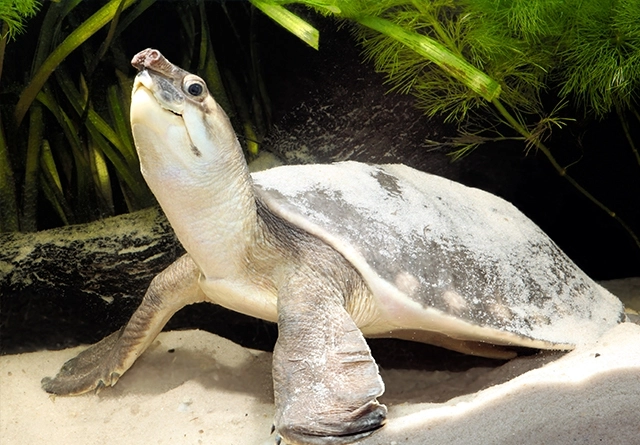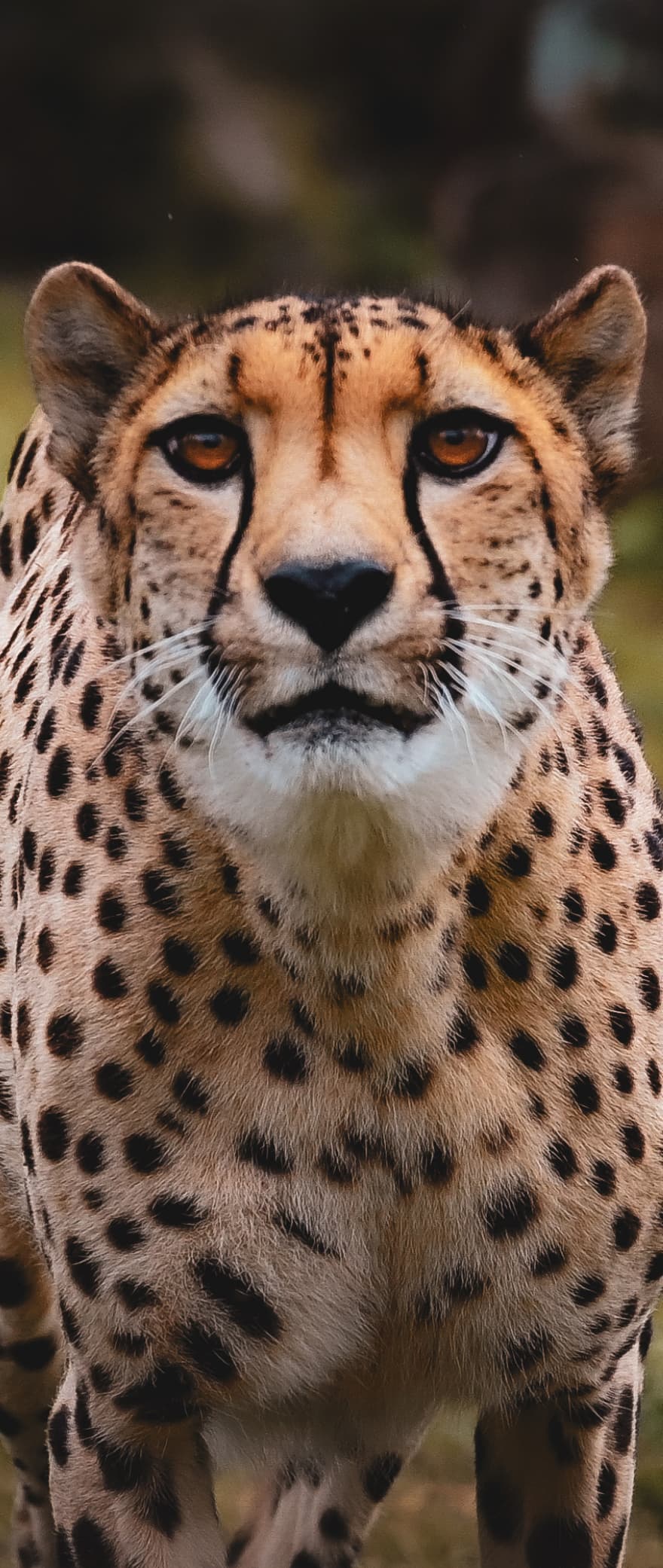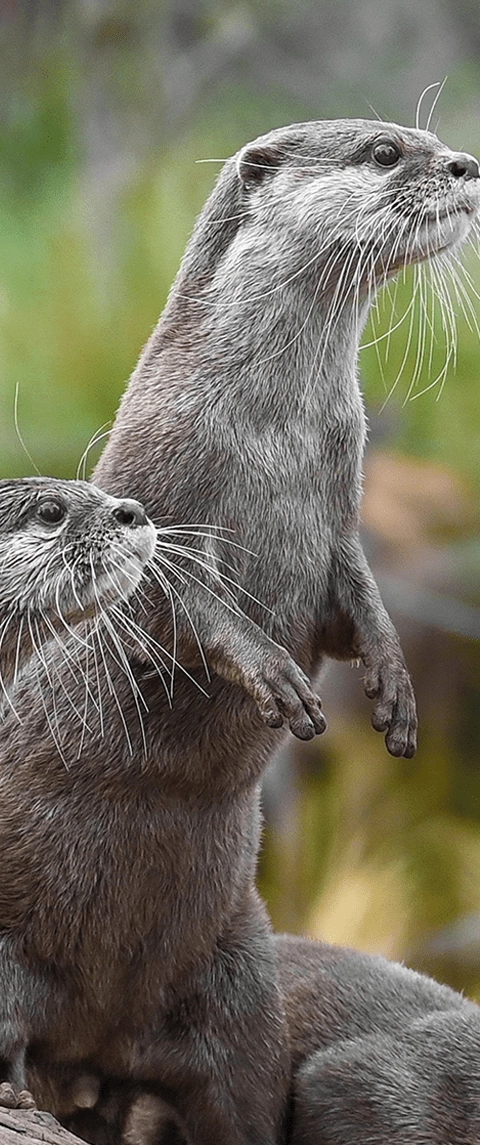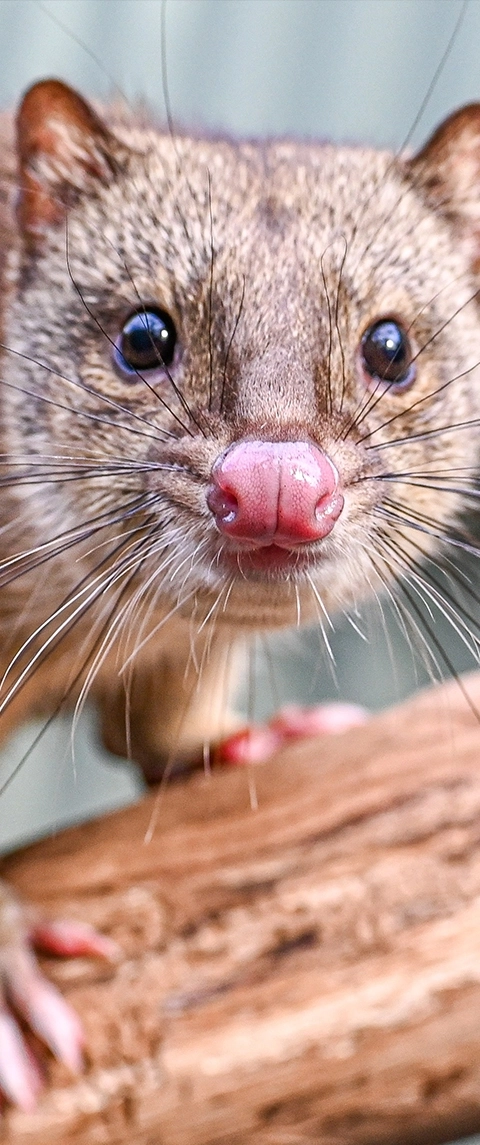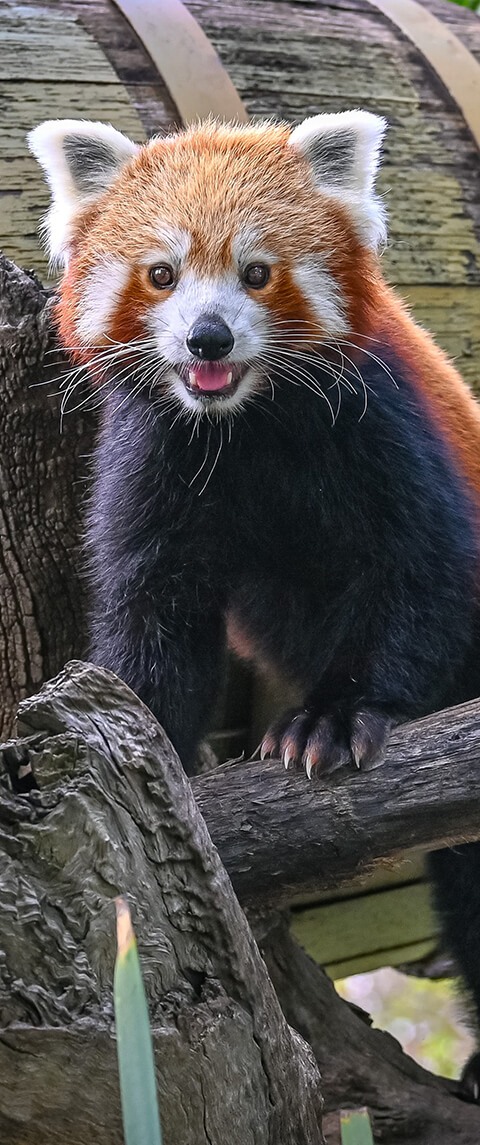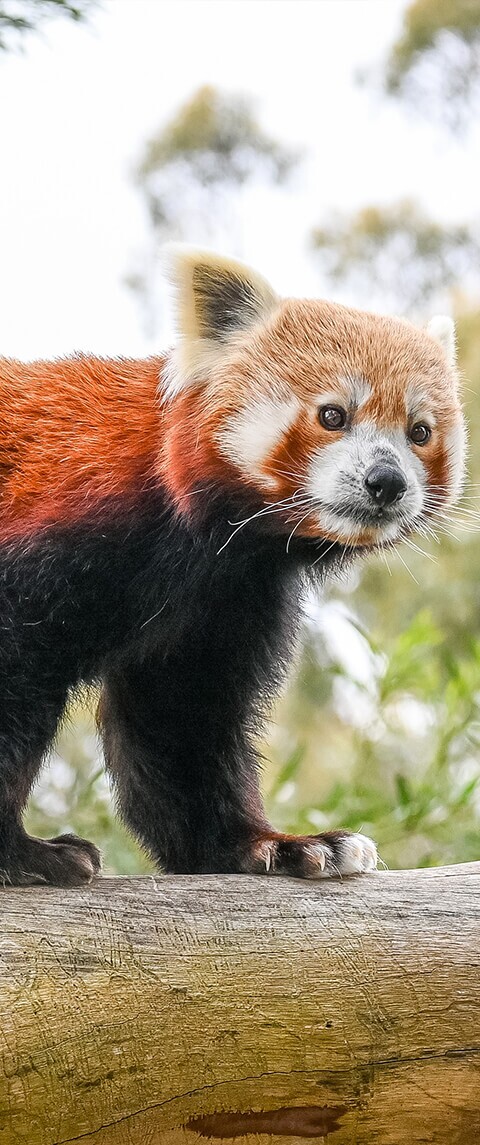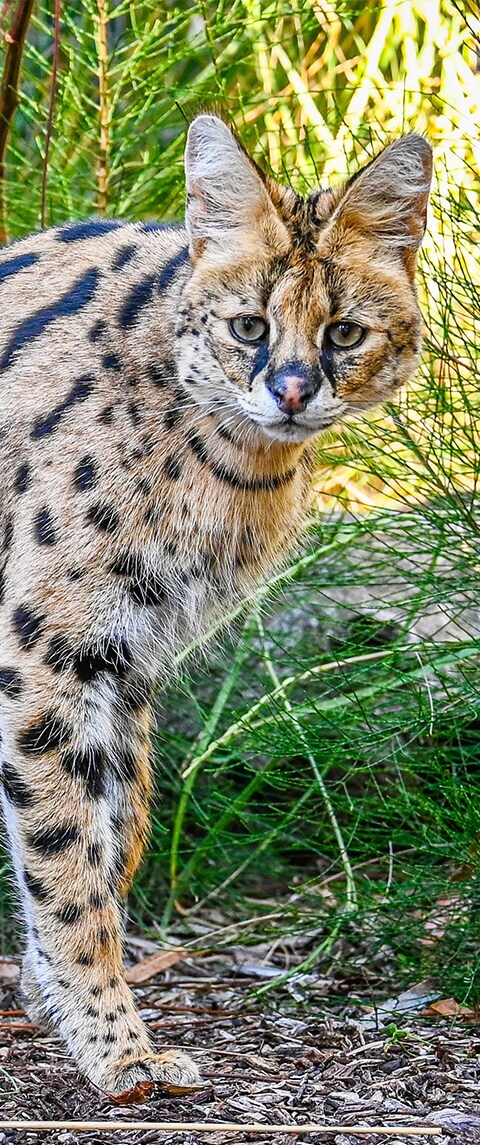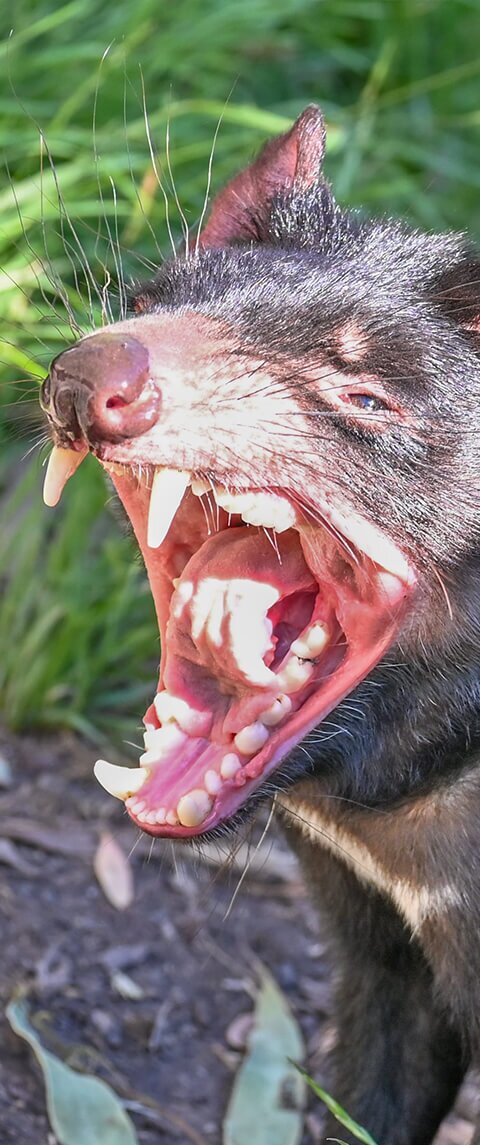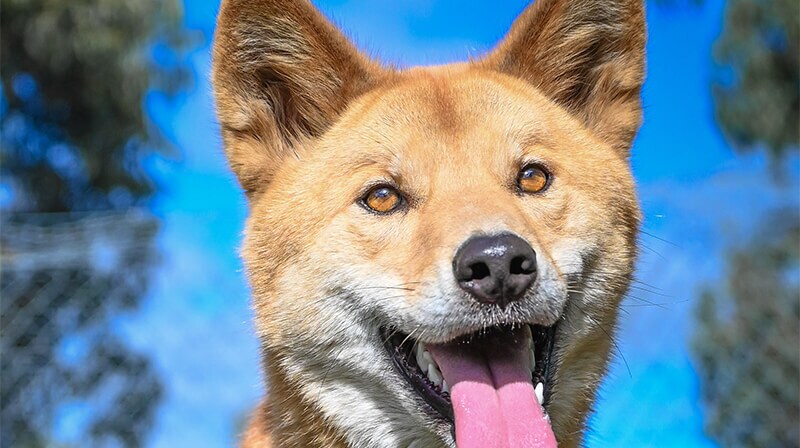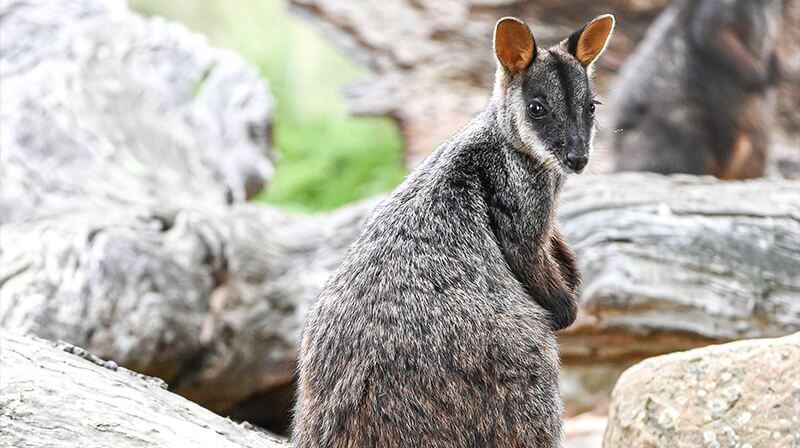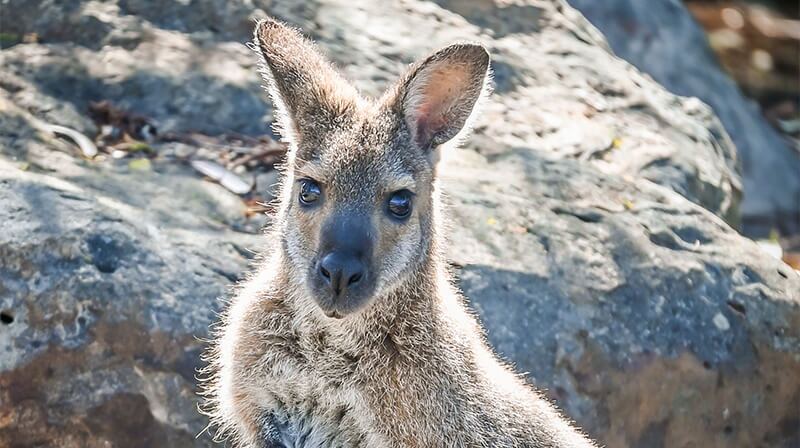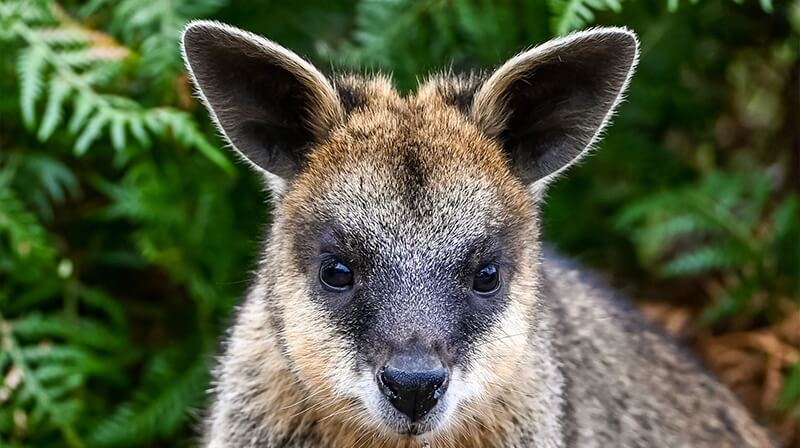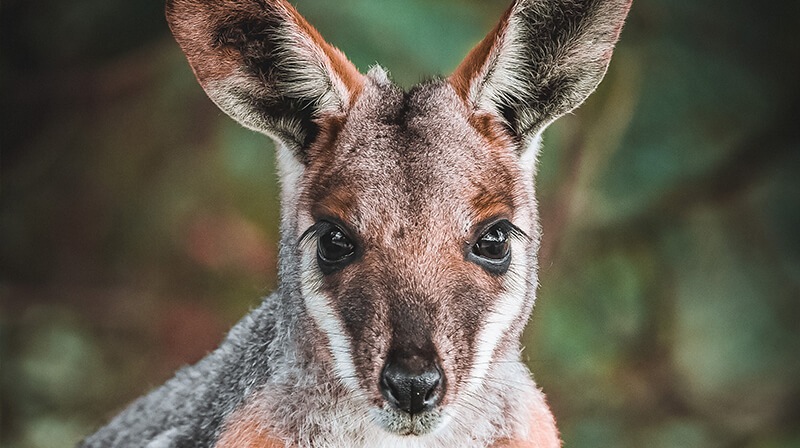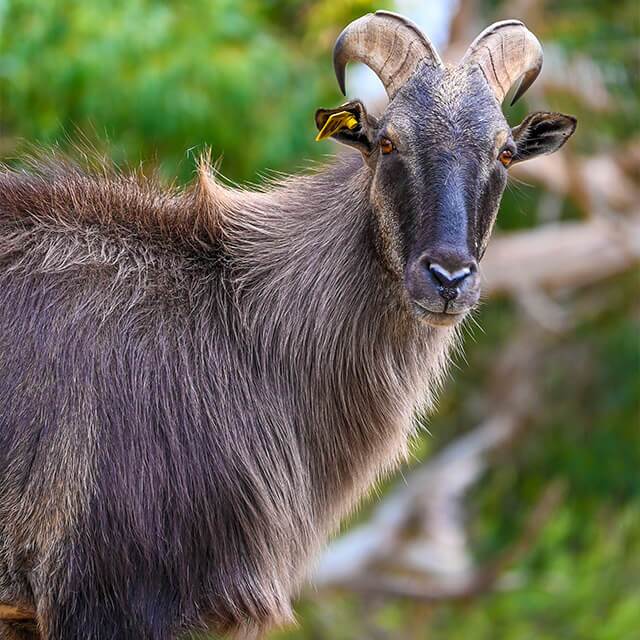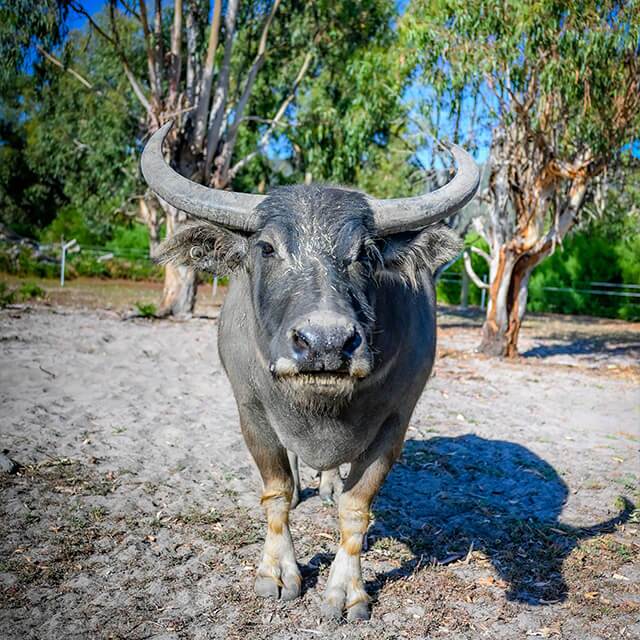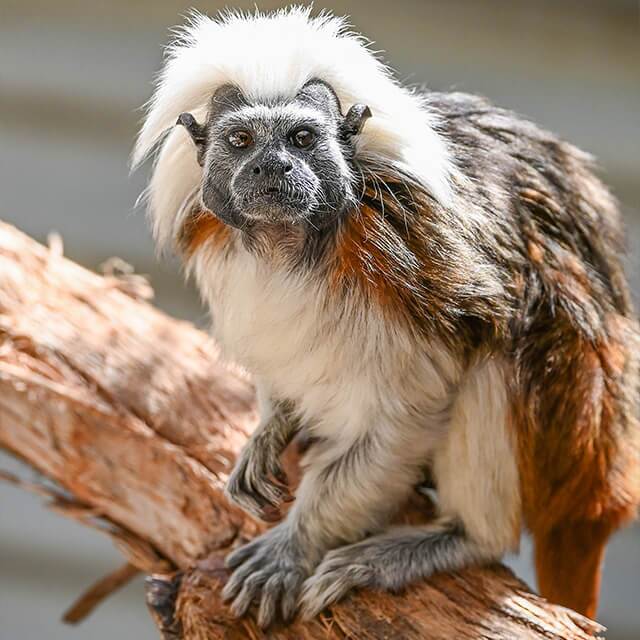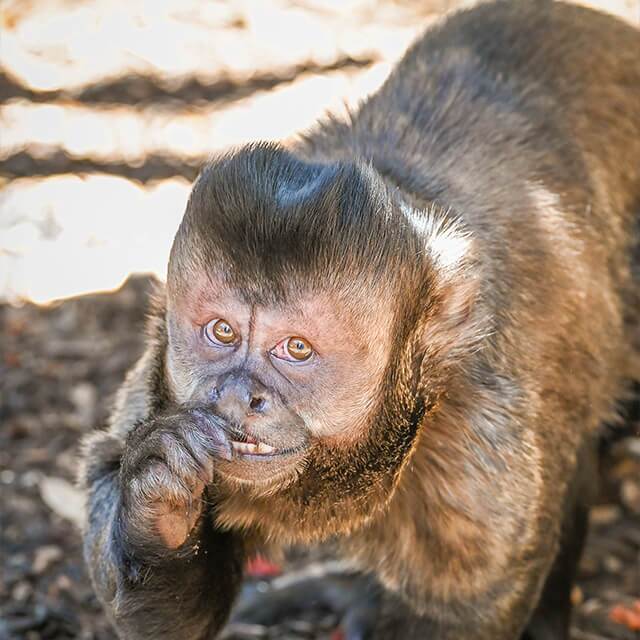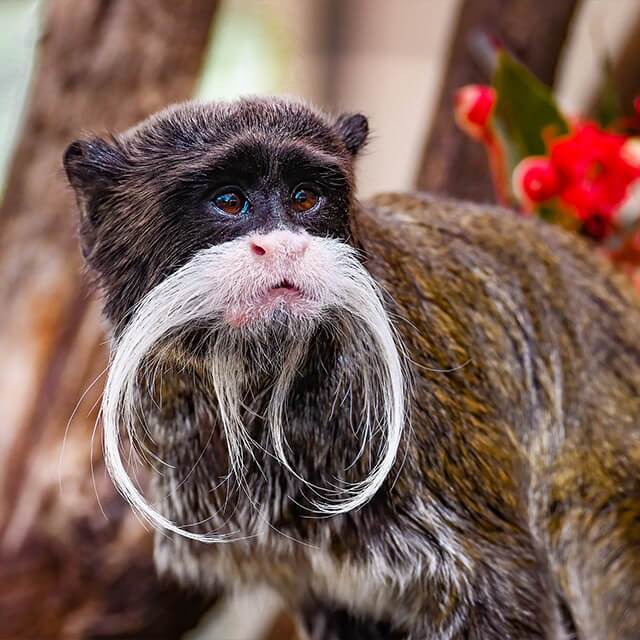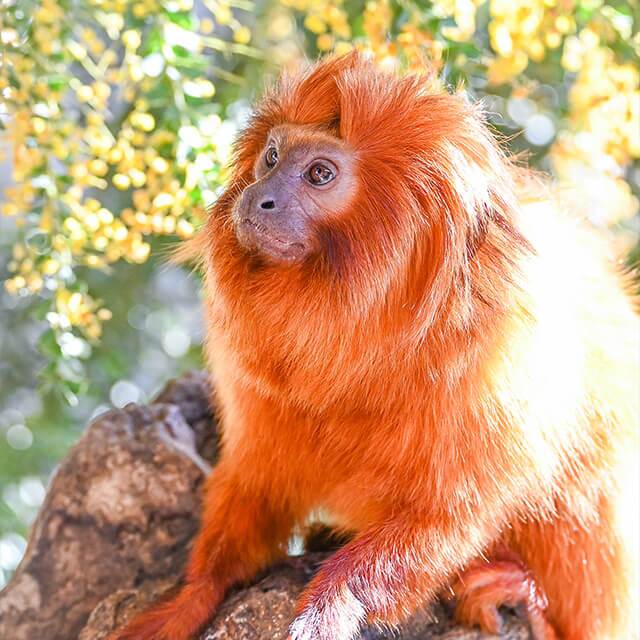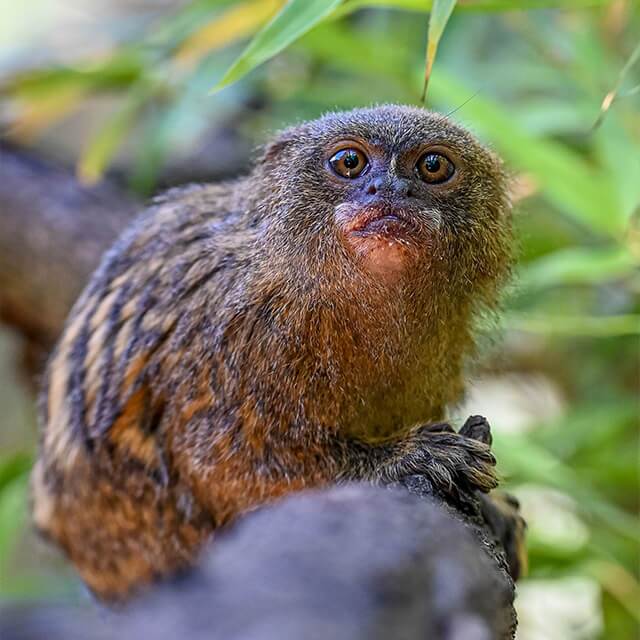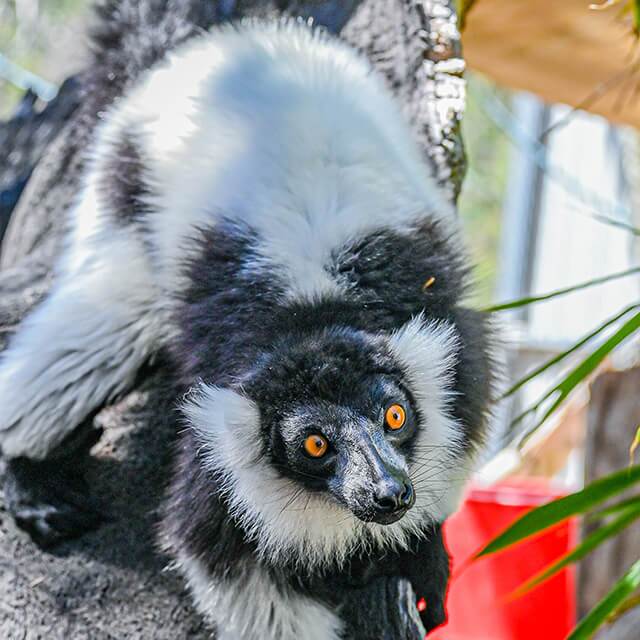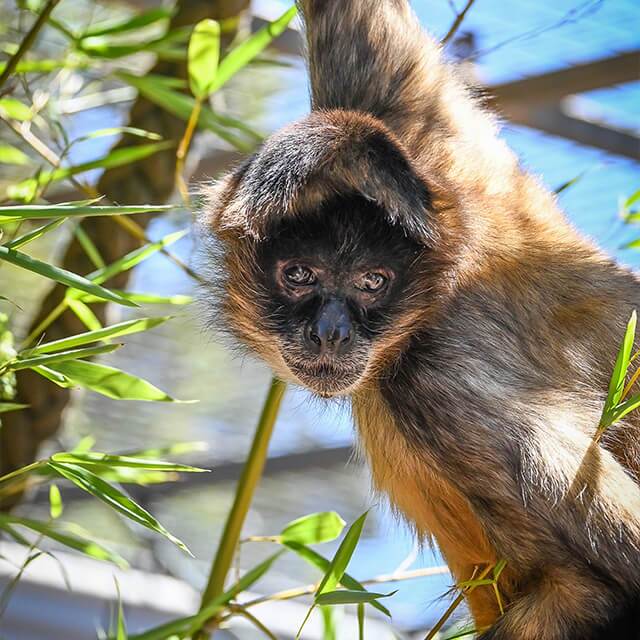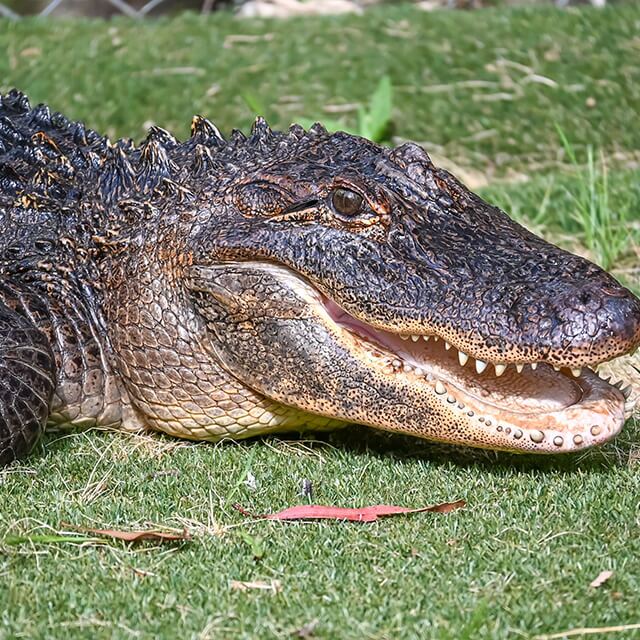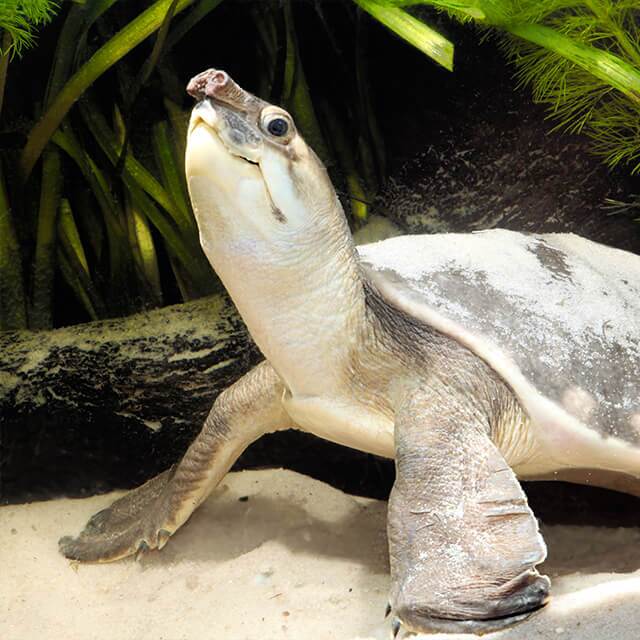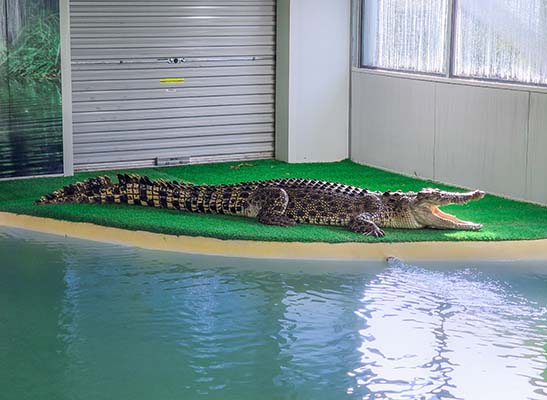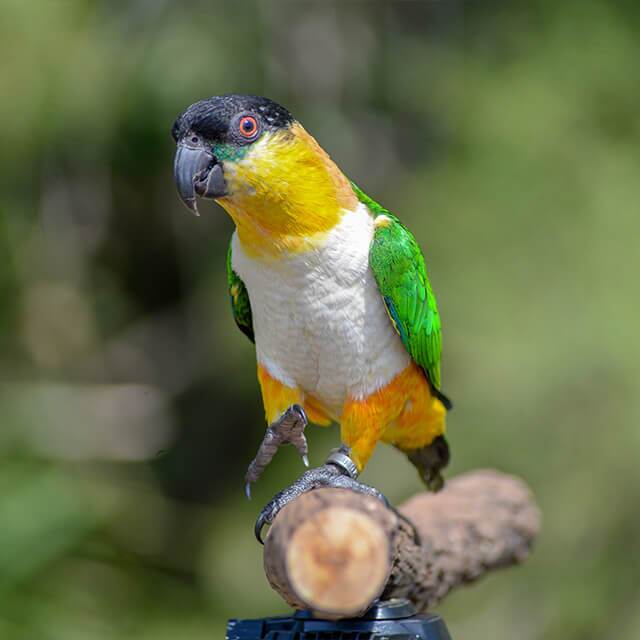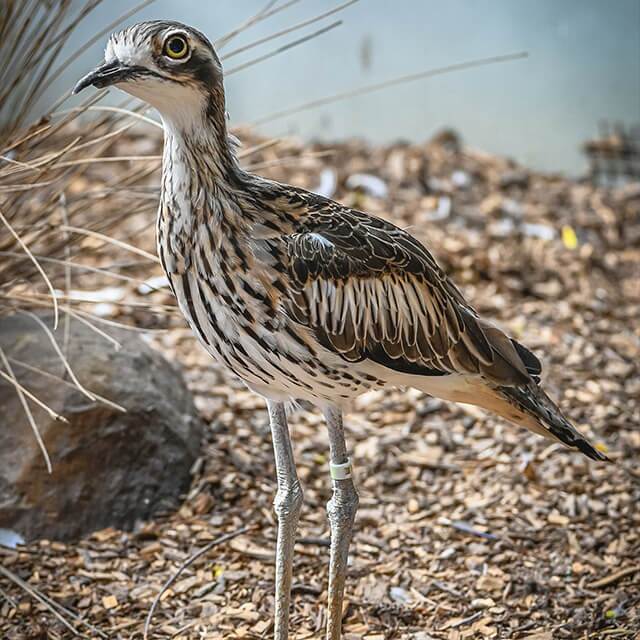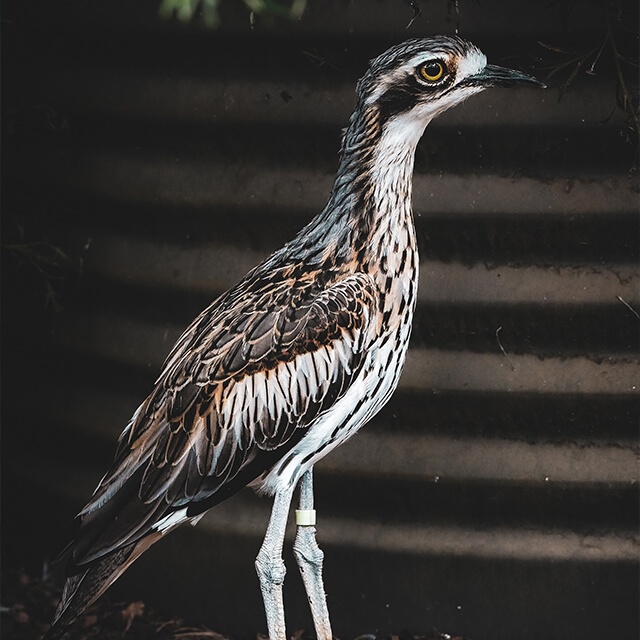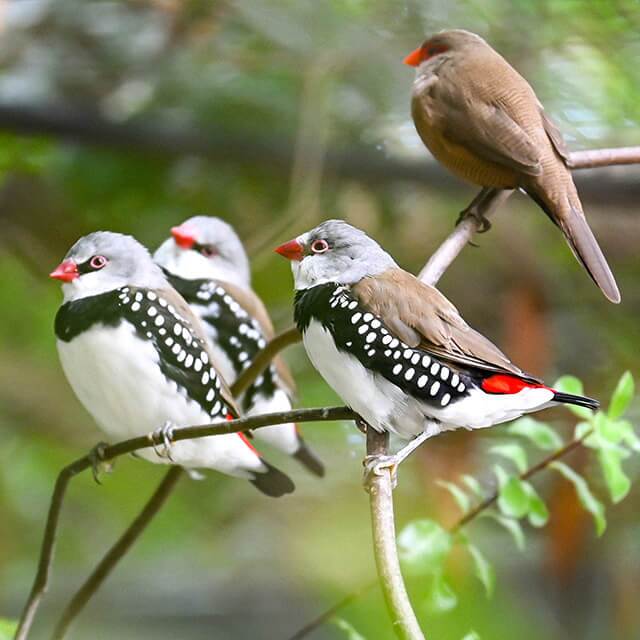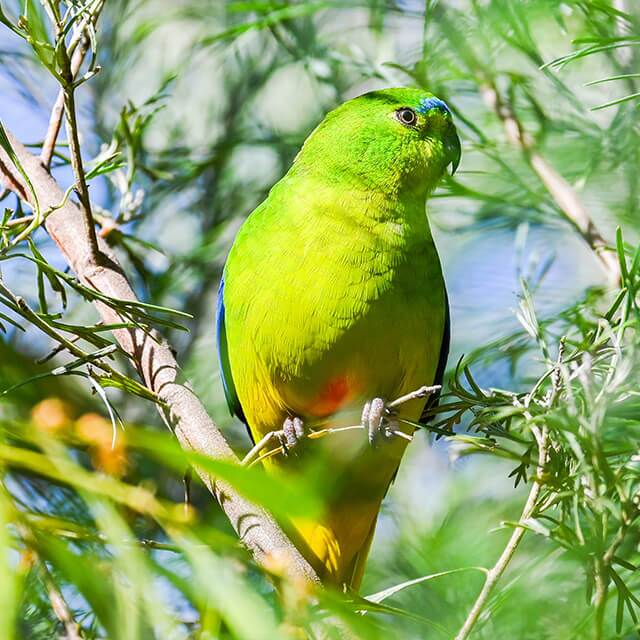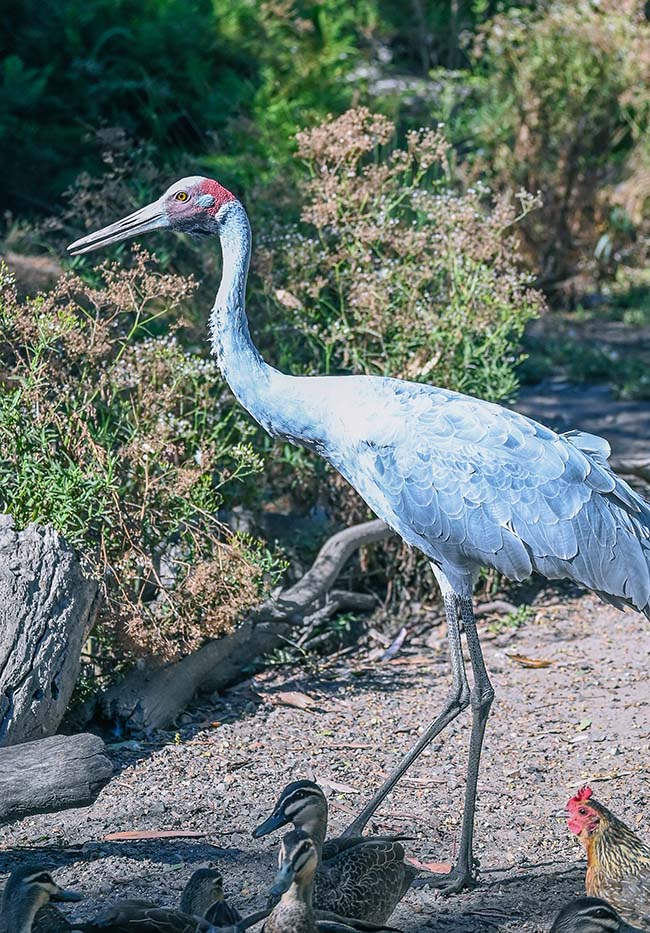We have a large reptile collection of over seventy individuals that include Australia’s largest reptile, the saltwater crocodile and the unusual pig-nosed turtle. Our largest snake, a four-meter Burmese python named Doug is a firm favourite with our visitors. The warmer months is the best time to view the reptiles, but many can be seen year-round.


Follow us @hallsgapzoo
Halls Gap will be GLOWING!! 🌟🌟🌟
From this weekend for July and August we will be taking part in the Halls Gap Glow Winter Festival.
An 8 week festival featuring art, wellbeing and adventures there are lots of activities planned so if you’ve been thinking about a visit now is the time.
For our part in the 💫GLOW festival 💫we will have a scavenger hunt where you will learn about animals that..you guessed it ‘GLOW’ an interactive hunt that will be sure to keep the kids engaged.
Visit https://www.glowhallsgap.com.au for more information on all the activities planned.
#hallsgapzoo #glowfestival #grampians #grampiansnationalpark

✨✨✨FAST FACT FRIDAY✨✨✨
An absolute Aussie Icon, the Tasmanian Devil for this week’s facts.
-Tasmanian devils have the strongest bite force relative to their size of any mammal in the world. It is even strong enough to bite through metal (think of that next time you struggle to eat a toblerone)
-They give birth to up to 40 babies at once…but they only have 4 teats so it is a race for survival and the first 4 to make it will then spend the next 3 months in mums pouch before starting to venture out.
-They are the largest carnivorous marsupial and they eat every part of their prey.
Be sure to stop by the devil enclosure next time you are here and listen for their unique sounds.
#tassiedevil #aussieanimals #hallsgapzoo #grampians #schoolholidays #activity #visitmelbourne #weekendsway

✨✨✨FAST FACT FRIDAY✨✨✨
This is Miss piggy our Pig Nosed Turtle
Did you know
🐽 Pig nosed turtles use their snout as a sensory organ to detect food in murky waters
🐽They can weigh up to 30kgs and get to 70cms long 😱
🐽They have papillae on their throats which helps them absorb oxygen from the water
#hallsgapzoo #grampians #pignoseturtle

Step aside amateurs this empress shoots in RAW 👑
Caught Yesinia our Emperor Tamarin behind the lens today, taking photos like she works for National Geographic, she demanded a banana break and a final say on edits and while the lighting was perfect I did see a roll of the eyes when Presto our other emperor got distracted and ruined the shot.
Can’t say for sure who hired her but the shots are stunning and that’s all that matters.
#cameraqueen #behindthescenes #emperortamarin #hallsgapzoo #cutephotographer

✨✨✨FAST FACT FRIDAY✨✨✨
EMUS-
🪶After the female lays her eggs the male will then lay on the eggs for the next 8 weeks and will raise the babies without the female.
🪶Emus cannot fly
🪶They are one of the largest birds standing at up to 2m tall
🪶Eggs are a stunning dark green colour.
You can see our male here laying on his eggs, he will barely eat or drink while he incubates his babies.

🐾 We are open everyday this long weekend 🐾
Bring the whole family we are open from 10am-5pm everyday. Enjoy some keeper talks or book in for an up close encounter where you can pat a Rhino, feed a cheetah, have a red panda walk across your lap 🫢 Check out our website for a full list of encounters we offer.
#longweekend #hallsgap #grampians #encounters #animalencounter

Happy 2nd birthday to Messi and Knuckles our 2 gorgeous Tasmanian devils 🎉🎉
Keepers had a bit of fun making some birthday enrichment with some yummy smells for them to enjoy their day with.
Come down and see our 2 newest devils, they have settled in quite well and have made themselves at home.
📸 keeper Darci
#hallsgapzoo #encounters #visitmelbourne #grampians

✨✨✨FAST FACT FRIDAY✨✨✨
It is Bearded Dragon week!
🪵 The females will lay about 11-30 eggs per clutch and take up to 80 days to hatch.
🪵 They are omnivores feeding on plants, flowers, invertebrates and small lizards.
🪵 Like most reptiles they rely on the sun to regulate their body temperature and when the winter comes around they go into ‘brumation’ which is similar to hibernation in mammals.

Today is World Otter Day! There are 13 species of otters in the world and here at Halls Gap Zoo we have the Asian small clawed otters and even though they are the smallest species of otter they have the biggest personalities. You will see our girls playing in their pool, eating at their waterfall or mum paddy playing with her favourite rock.
Have you ever wanted to hold an otters hand? We are the only place in Victoria where you can do that during an encounter with our beautiful and cheeky girls.
As Asian small clawed otters are classed as vulnerable in the wild we need to make sure we protect their habitats and keep our waterways clean so they can thrive in the wild and we are able to enjoy these incredible animals for generations to come. Visit our website to book book an encounter #hallsgapzoo #worldotterday #protectwildlife #encounter

It was national volunteer week this week and we would like to acknowledge the hard work all our lovely volunteers put into the zoo, they get dirty, they get sweaty, walking all day long but their dedication has a big impact for our animals and the keepers alike, hopefully being rewarded with animal cuddles, knowing they are making a difference and learning as they go makes it all worthwhile.
So thankyou to each and everyone one of you.

In the lead up to winter our maintenance team have been busy creating new shelters for our wallabies and new hot boxes for our small primates to keep them nice and cosy during those cold nights, as you can see I think the animals approve.
We are constantly looking for ways to update enclosures that improves the welfare of our animals and we have so much planned but we couldn’t do it without the support of you, when you visit, spend money in the gift shop or have an encounter with an animal that money goes back into the zoo so we are able to make these improvements so Thankyou for your support.
These animals deserve the best and that is what our keepers strive to achieve day in and day out.
📸 keeper Maddison and Sherrin

Keeper Larissa has some exciting news for everyone.
These fascinating animals are now on display and ready to meet you.
With its gorgeous grey feathers they often blend in and just look like part of the tree so you will have to concentrate to find them.
They are sure to capture your heart just like they already have our keepers.
Our animal care team have been working hard to ensure a smooth and comfortable transition into their new home and they have settled in perfectly.
Come visit and be among the first to see our newest residents.
📸keeper Rhys
#Hallsgapzoo #grampians #visitmelbourne #tawnyfrogmouths



